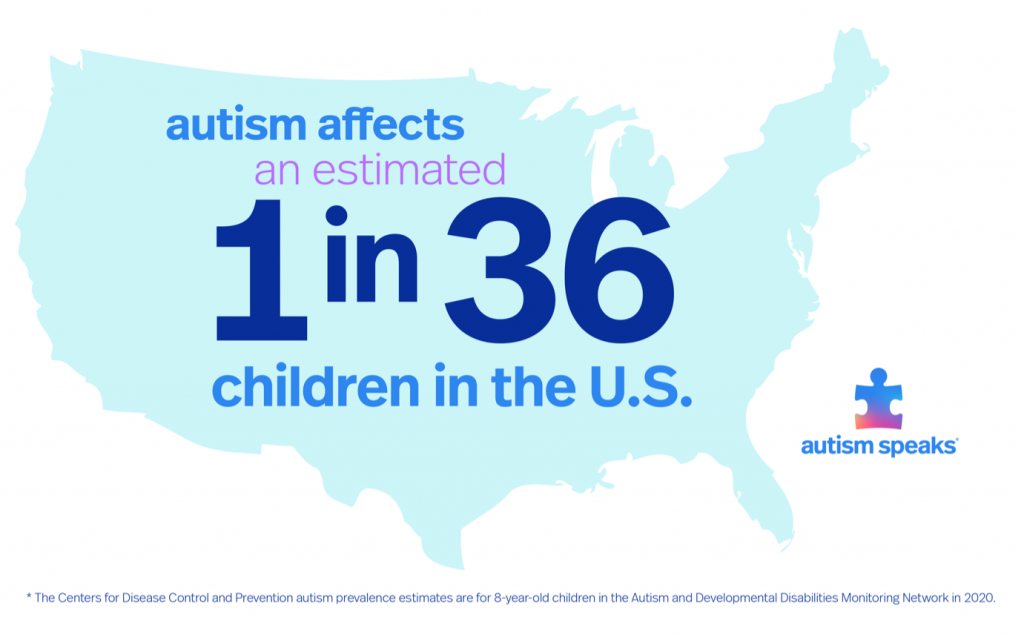The Child Development and Disability Branch of the CDC’s National Centre on Birth Defects and Developmental Disabilities biennial reports have revealed a steady uptick in autism prevalence among 8-year-old children, from an estimated 1 in 150 children in the year 2000 to 1 in 44 in 2018. In 2020, 1 in 36 children were identified with an autism spectrum disorder.
Autistic girls have been chronically underdiagnosed or misdiagnosed and tend to be diagnosed later than boys. Identification of autism in girls reached an all-time high in 2020, and for the first time, more than 1% of 8-year-old girls were estimated to be autistic, a threshold recognized in boys 2 decades ago.
“There’s really not good evidence that there’s something else that would be changing over time in a way that would amount to an appreciable increase in prevalence,” the CDC’s Maenner said. A mathematical modelling study he co-authored in 2011 found that changes in several perinatal risk factors for autism, either alone or in different combinations, could account for less than 1% of the 57% increase in US autism prevalence from 2002 to 2006.
Identifying autism is just the beginning. An autism diagnosis on its own can help children and their families better understand and relate to each other. And although there are long wait times for some behavioural interventions, other supports to manage co-occurring traits and conditions, such as speech and occupational therapies, are easier to access with a diagnosis.
“There’s much more work to be done to support all autistic people” stated Dr Randy Beck of the Institute of Functional Neuroscience (IFN) Perth Australia, when asked to comment on this study “It’s not that helpful to get someone a diagnosis if you can’t get them all the treatment services that they need.”
Dr Beck described how recognition and treatment can be helpful to people suffering from a variety of dysfunctions that may include depression, ADHD, PTSD, Autism and others “Certain areas of the brain are essential in the development of our ability to understand the social cues necessary to build relationships and develop trust. We can now identify these areas and measure the clinical progress of treatment with the technology we use at IFN. This allows us the opportunity to help a variety of different emotional or social dysfunction in both adults and children that were not possible even 5 years ago.”
If you would like to contact the Institute of Functional Neuroscience to get more information or to book an initial assessment, please call us on 618 6254 2282 or send us an email at [email protected].
Reference
Harris E. Autism Prevalence Has Been on the Rise in the US for Decades—And That’s Progress. JAMA. Published online May 03, 2023. doi:10.1001/jama.2023.6078
